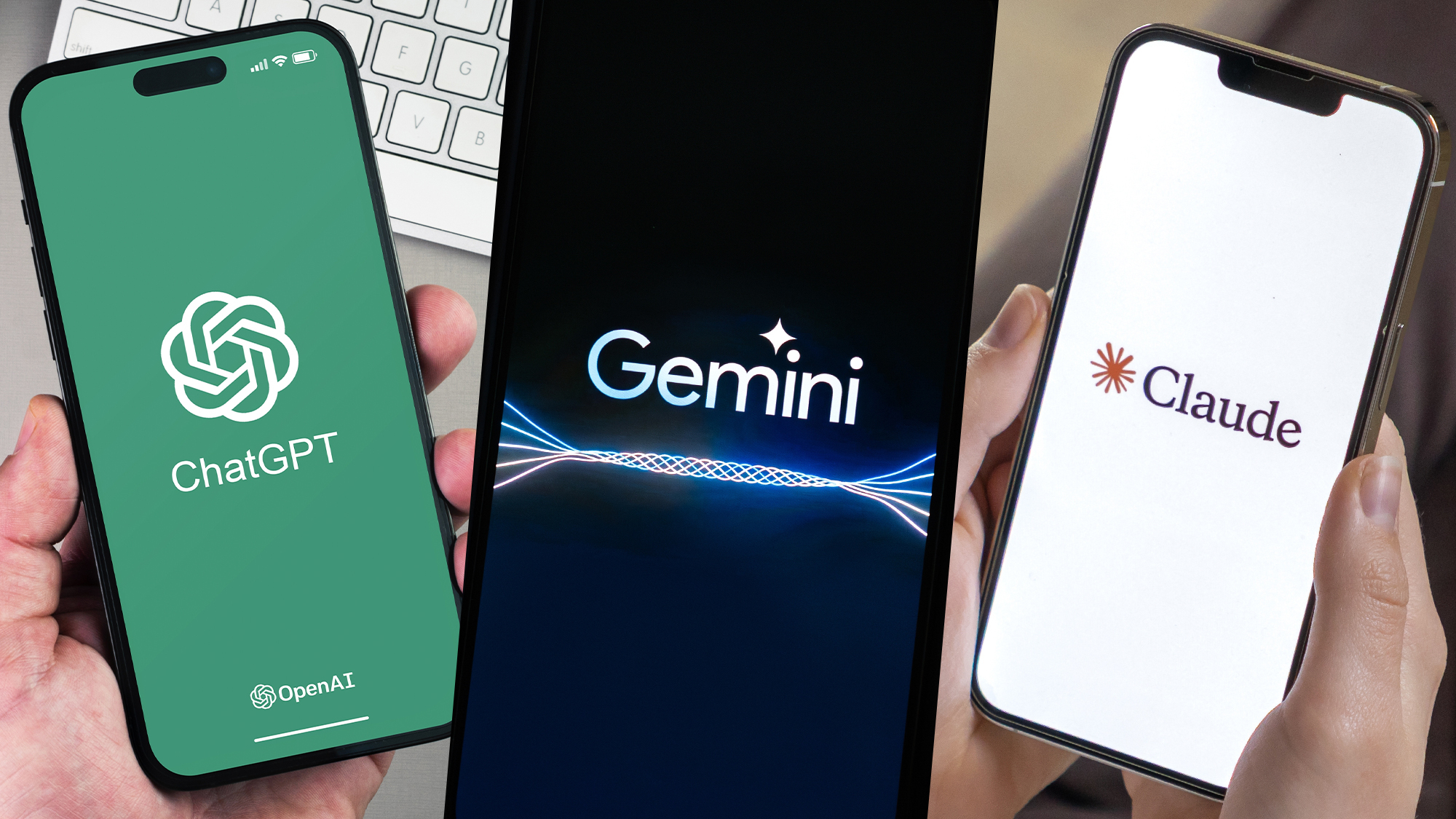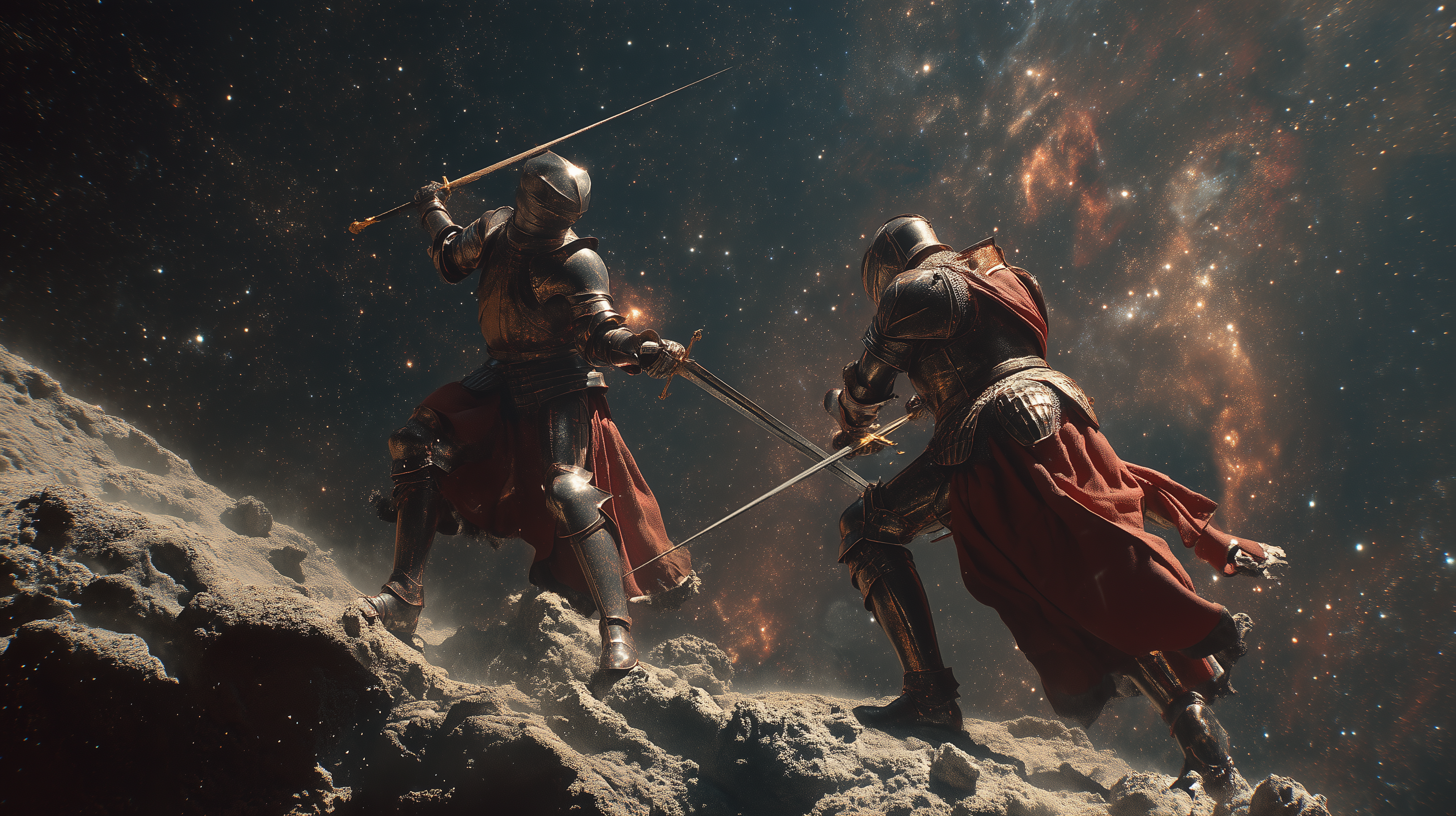Developer Offer
Try ImaginePro API with 50 Free Credits
Build and ship AI-powered visuals with Midjourney, Flux, and more — free credits refresh every month.
Understanding Generative AI And How It Works
 (Image credit: Shutterstock)
(Image credit: Shutterstock)
Tools like OpenAI’s popular chatbot, along with leading alternatives such as Google Gemini, Microsoft Copilot, and Anthropic’s Claude, are prime examples of generative AI models. You can find some of the top ChatGPT alternatives here.
Using this technology, often called GenAI, has become common in both daily routines and professional settings. But what exactly is generative AI? How does it differ from other kinds of artificial intelligence, and what makes it tick? Let's explore these questions.
What is generative AI?
To get a clear definition, let's turn to ChatGPT itself:
“Generative AI is a type of artificial intelligence that creates new content—such as text, images, music, or code—by learning patterns from existing data. It uses models like GANs and transformers to produce realistic, human-like outputs, enabling creative applications in art, design, writing, and other fields.”
 (Image credit: Midjourney)
(Image credit: Midjourney)
Simply put, it's artificial intelligence designed to generate content.
While the term ‘generative AI’ feels new, the underlying concepts trace back nearly 75 years. Computer scientist Arthur Samuel introduced 'machine learning' in the 1950s, a precursor to modern GenAI.
Significant progress occurred over the following decades, but the major leap came about ten years ago with the invention of Generative Adversarial Networks (GANs) by Ian Goodfellow. This was followed in 2017 by the introduction of ‘transformer architecture’ by scientists at Google, forming the foundation for many GenAI tools used today.
What are some examples of generative AI?
 (Image credit: Shutterstock)
(Image credit: Shutterstock)
If you've interacted with popular chatbots like ChatGPT, Gemini, Copilot, or Claude, you've used generative AI. This includes asking for dining suggestions, assistance with writing tasks, or drafting a letter to your landlord.
The applications span from lighthearted fun, like creating original poems, songs, or fantasy images, to serious professional tasks such as building presentations, designing product prototypes, and strategizing. It even extends to potentially lifesaving areas like drug discovery.
Viral social media trends, such as visualizing yourself as an action figure or imagining your dog as a human, often rely on generative AI.
However, generative AI also has a darker side. Deepfakes used for spreading misinformation, harming reputations, or creating fake nude images for sextortion scams highlight why its rapid advancement causes concern, particularly as the technology becomes more sophisticated and accessible.
How does generative AI work?
In simple terms, generative AI models perform two main functions.
First, they learn patterns from vast amounts of data. This data can include text, images, websites, code, and more. This process is known as ‘training’.
The AI model analyzes this data to identify patterns, essentially gaining knowledge and understanding techniques. For instance, if trained on the 100 best horror novels, it would learn the common structures, language, themes, and narrative styles.
Second, the model uses this training to generate entirely new content. When you ask ChatGPT to plan a vacation, it draws on its gathered information and uses 'learned probability distribution' to construct the response.
 (Image credit: Kling AI / Lloyd Coombes)
(Image credit: Kling AI / Lloyd Coombes)
For text responses, it predicts the most suitable next word based on its training data. For images, transformer-based models consider the colors and compositions from countless real images they've processed. If you ask Midjourney to create a comic strip, it accesses its learned samples to produce something that matches the request.
AI vs Generative AI
AI and Generative AI are often used interchangeably, leading to confusion. AI is the broad category encompassing all artificial intelligence. Generative AI is a specific subset focused on tools that generate new content.
A classic example of non-generative AI is IBM’s Deep Blue chess computer, which defeated Garry Kasparov in 1997. Deep Blue used symbolic AI to learn moves and strategize but didn't create new content, so it isn't generative AI.
Another type is discriminative AI, used in facial recognition for sorting photos on your phone or identifying spam emails.
So, while chatbots like ChatGPT, Copilot, and Gemini fall under the general AI umbrella, they are more precisely classified as generative AI models.
 (Image credit: Shutterstock)
(Image credit: Shutterstock)
Challenges of generative AI
Beyond malicious uses, generative AI faces inherent challenges. The quality of these models depends heavily on their training data. Since the internet contains outdated, misleading, or incorrect information, AI can absorb and repeat these inaccuracies, sometimes known as 'hallucinations'.
Similarly, generative AI can perpetuate biases and stereotypes present in the data. As ChatGPT notes, text-to-image models might associate 'nurse' primarily with women and 'CEO' with men.
Educational institutions struggle with students using AI for assignments. Furthermore, the potential impact on creative professions raises ongoing debate: could generative AI eventually replace writers, artists, musicians, and actors?
Compare Plans & Pricing
Find the plan that matches your workload and unlock full access to ImaginePro.
| Plan | Price | Highlights |
|---|---|---|
| Standard | $8 / month |
|
| Premium | $20 / month |
|
Need custom terms? Talk to us to tailor credits, rate limits, or deployment options.
View All Pricing Details

